Planning a trip to Rome, but no idea where to begin? I’ve got you covered. A few years back, I interned at a film start-up in Rome, and lived in the city for four months. To this day, it remains on of my very favorite cities I’ve ever had the privilege to visit.
This guide covers the main logistics of traveling and navigating Rome. For suggestions for activities to add to your Rome bucket list, check out my guide for the top 14 things to do in Rome.
Happy planning!
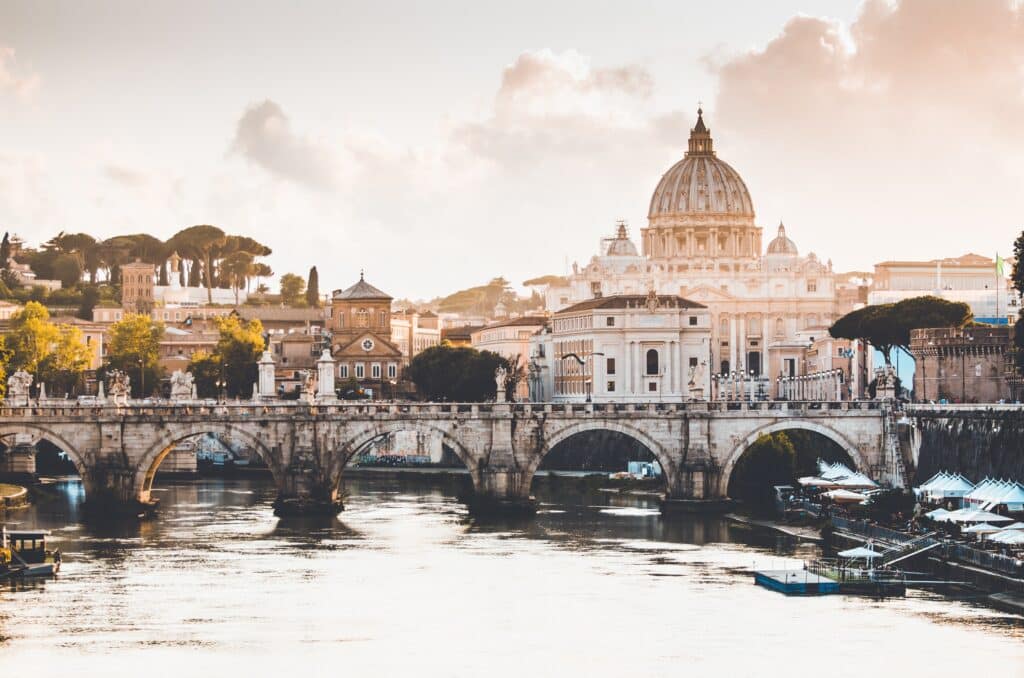
Planning a Trip to Rome
What is the best way to get to Rome?
If you are traveling by plane from abroad, the best way to get into Rome is to fly into Fiumicino Airport, and take the train directly to Termini station. If you are traveling to Rome by train from a neighboring city or country, look for one that arrives at Roma Termini station. Termini is a hub point for trains, metros, buses, and taxis. From there, you are able to catch a ride anywhere you need to go in the city.
What is the best time of year to visit Rome?
Best travel months: I would recommend planning a trip to Rome in early April or late October. April and October occur just before or after peak tourism seasons – so you are likely to have good weather and less crowded attractions.
Okay travel months: May, June, and September are Rome’s peak tourism seasons. If you are traveling during these months, expect large crowds at the major attractions.
Worst travel months: Peak summer or winter months are probably the worst times to travel to Rome. In July and August, many locals shutter up their shops and head out to sea towns to beat the summer heat. In the winter months (December through March) you are more likely to experience rainy weather.
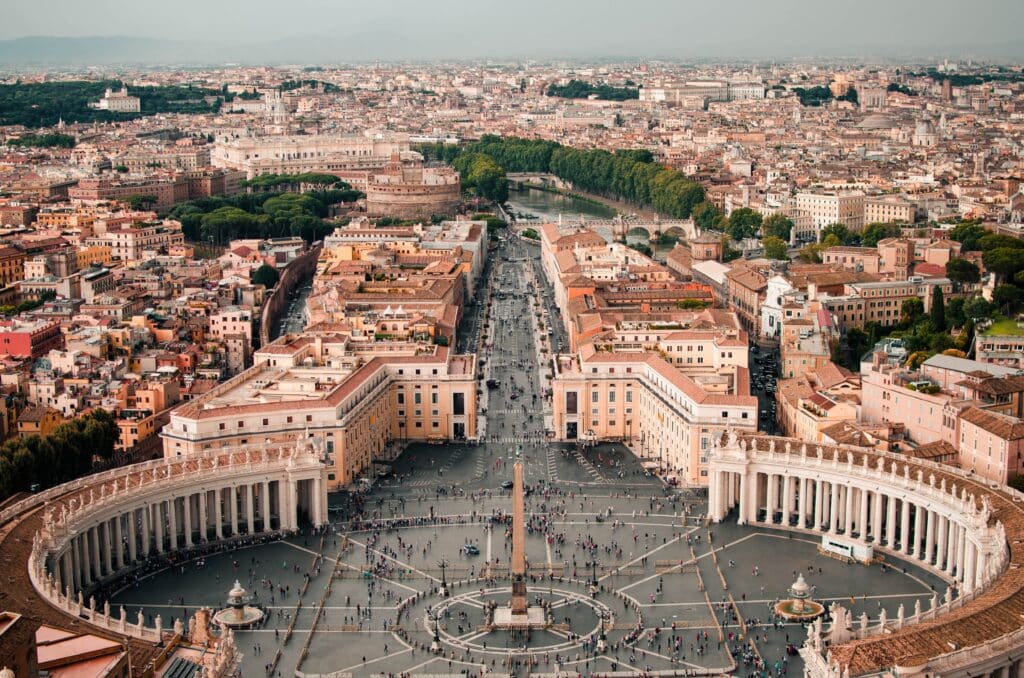
Navigating Rome
How much time to I need to visit Rome?
If you are serious about planning a trip to Rome, I would plan anywhere from 5-7 days (or more) to ensure you have time to see everything the city has to offer.
Set aside three of these days to visit some of the major tourist attractions, like the Colosseum, Vatican, and Pantheon. Then, use the rest of your time in the city to wander with a very limited itinerary, and see what special treasures you can find!
I lived and worked in Rome for four months, and I reckon I only saw about 3%. I guarantee that you will not run out of things to do!
What is the best way to get around Rome?
Travel by Foot: If you are sticking close to the city center, then the best way to explore Rome is on foot. It is astonishing how many hidden gems you can find by just wandering through the ancient streets. Rome is very walkable and safe. But the winding paths can feel like a maze at times. Just be sure to plot out your path ahead of time if you are planning to walk to a specific destination.
Travel by Metro: Another popular way to get around Rome is by the metro. The metro system reaches many of the major sites in the city, but may not reach some of the sites farther away from the city center. The orange and blue lines can get you close to some of the big destinations:
- Orange Line: Spanish Steps (‘Spagna’ stop), Vatican City (‘Ottaviano – San Peitro’ stop), and the Trevi Fountain (‘Barberini’ stop)
- Blue Line: Colosseum and Roman Forum entrance (‘Colosseo’ stop)
Travel by Bus: For all other destinations, you can take the bus. The bus is one of the slower modes of transport, but will get you where you need to go! Google Maps has a great overview of route logistics, so be sure to check the route before taking off.
Purchasing a transportation pass in Rome: You can purchase a daily, weekly, or monthly transportation pass for Rome. Buy a transportation ticket for Rome here!
Note: Transportation strikes are not uncommon in Rome. Strikes are typically announced in advance, but I would still recommend having a backup plan in the event that the metro or busses are down for the day.

Exploring Rome
Where is the best place to stay in Rome?
Rome is giant – and as a first time visitor, you will likely want to stay near or around the city center for easy access to all of the major attractions and sites.
Below are three neighborhoods of Rome that I recommend booking accommodation in:
Prati – I lived in Prati for around four months, and absolutely loved it. Of the three recommendations on this list, Prati is the most quaint and residential. Prati borders the western bank of the Tiber River, and has easy and walkable access to Vatican City and Castel Sant’Angelo. If you are booking accommodation in Prati, I recommend checking out AirBnB or VRBO, as the apartments in the area are gorgeous!
Trastevere – Trastevere is Rome’s “party district”. The neighborhood is known for its colorful nightlife, medieval architecture, and artistic atmosphere. Trastevere is walking distance from Campo di Fiori, and is close to many of the major sites by metro: Pantheon, Colosseum, and Forum. If you are planning to spend a lot of time exploring food, bars, and nightlife, then Trastevere is the location for you!
Rione VI Parione – This district is located smack in the heart of the city center, and an easy walk away from the Pantheon, Trevi Fountain, Vatican City and Castel Sant’Angelo. For those looking to maximize their logistics while in Rome, this might be the spot for you. Just note that it is the most “touristy” location on this list. Hotel Lunetta and Martis Palace Hotel Roma are great options here.
Note: As long as you book accommodation within a 1.5 mile (2.5km) radius of Castel Sant’Angelo, you should be all good to go!
Where are the best places to eat in Rome?
Ahhhh. If you are traveling to Rome, then you already know that the food here is absolutely to-die-for. In my entire time living in the city, I do not think I ever ate a disappointing meal! But where do you even start? Here are two good tips:
Avoid eating near tourist attractions: To ensure that you are getting the best food at the best prices, I would recommend avoiding eating in restaurants that are near monuments. Hosts beckon tourists in with “specials”, but will still pay a premium for them. Instead, opt to venture out a ways, and find some cute restaurants tucked into alleys or sandwiched between leather shops. These are always the best!
Avoid ‘Ristorante’: Another key tip that someone told me: avoid eating in any establishment labeled “Ristorante”, as these are typically (but not always) geared toward tourists. Instead, keep an eye out for signs labeled “Trattoria’. That’s the sweet spot!
What food should I eat in Rome?
Rome is known, in part, for its delicious food. In my opinion, there are two traditional Roman dishes that you should not miss if you are visiting the city:
- Cacio e Pepe is a simple, yet phenomenal pasta dish with two ingredients: pecorino-romano cheese and pepper. You can’t go wrong with that combo.
- Carbonara is another traditional pasta dish with pecorino-romano, pork cheek, and egg.
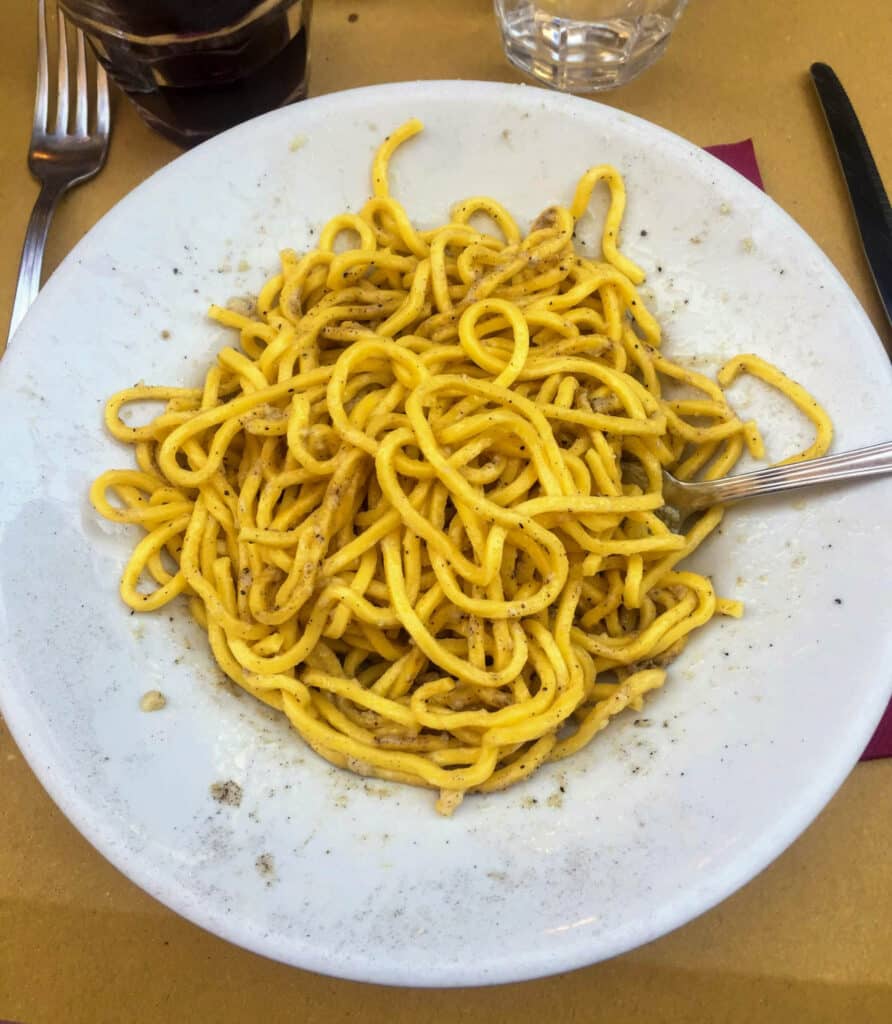
While cacio e pepe and carbonara were my personal favorites – you can’t go wrong with anything on the menu. Trattoria da Luigi was hands down my favorite restaurant in the city, and I still think about their cacio e pepe to this day.
In the mornings, treat yourself to as many espressos, cappuccinos, and cornetti (sweet pastries) as your heart desires. This is the absolute best way to start every single day.
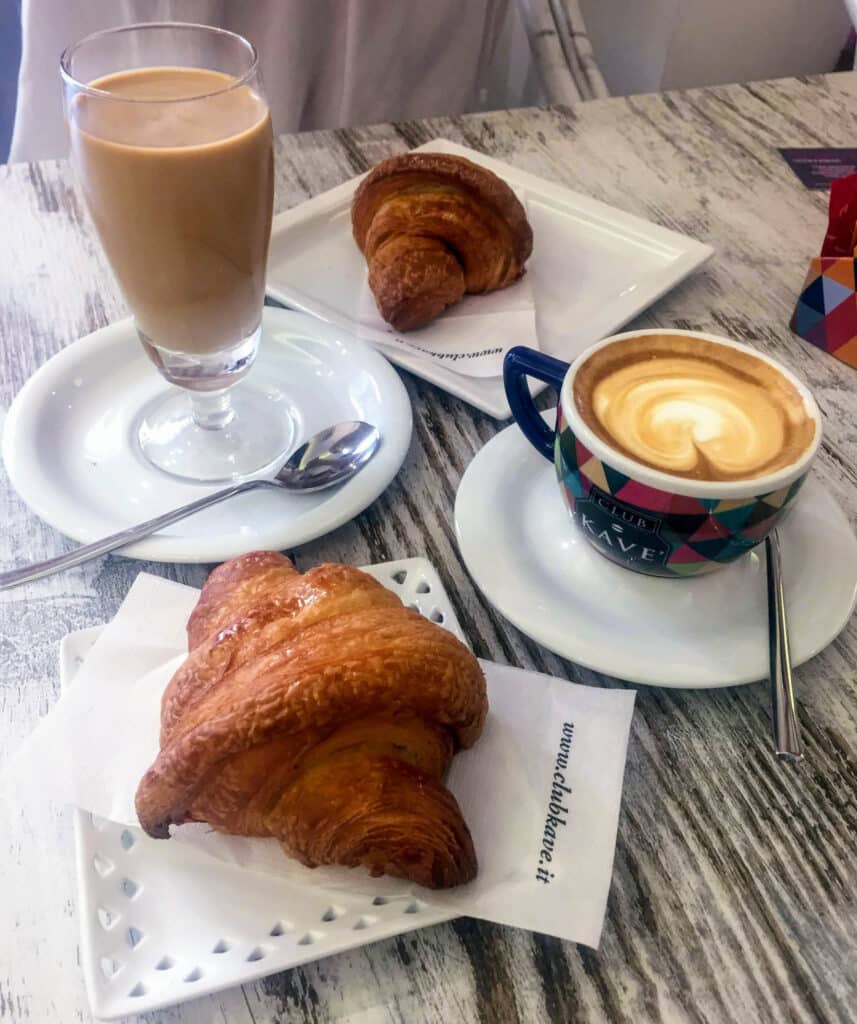
Is Rome expensive?
The short answer is – yes. As with any other major European city, some of the prices in Rome are on the high side. The good news is that Rome offers many, free activities every day. If you are on a budget, you likely won’t feel like you have missed out.
I would recommend budgeting anywhere from $1,000-$2,000 for a 7-day trip in Rome (not including airfare to the city) as a solo traveler or couple.
Is Rome safe?
Rome is a safe city to travel to. I spent a good majority of time exploring the city on my own as a solo female traveler.
However, Rome is still a large metropolitan area. And with any large city, there are a few things to keep in mind as you explore:
- Pickpocketing and petty theft are prominent – especially at heavy tourist areas. Make sure you have a purse that zips and goes across your body, and keep a hand on it.
- Do not accept candy, jewelry, or other items from people trying to hand them to you. You may think they’re free – but they are not.
- Exploring monuments at night is one of the best ways to experience them without overwhelming crowds. As with any city, make sure you exercise caution in the evenings.
- It is unwise to wander along the Tiber River Walk alone at night. This is a trail that is lower than street level, and follows the river all throughout the city. During the day, the river walk is full of vendors, art, and food. However, the walk can be deserted at night. Just keep your guard up!
That’s All, folks!
Rome is a city that I hold near and dear to my heart. The city is packed full of lovely people, fascinating history, and delicious food. If you are planning a trip to Rome, I hope this guide helped kick-start some ideas!
Have you visited Rome? What are some of your favorite stops and sights in the city?



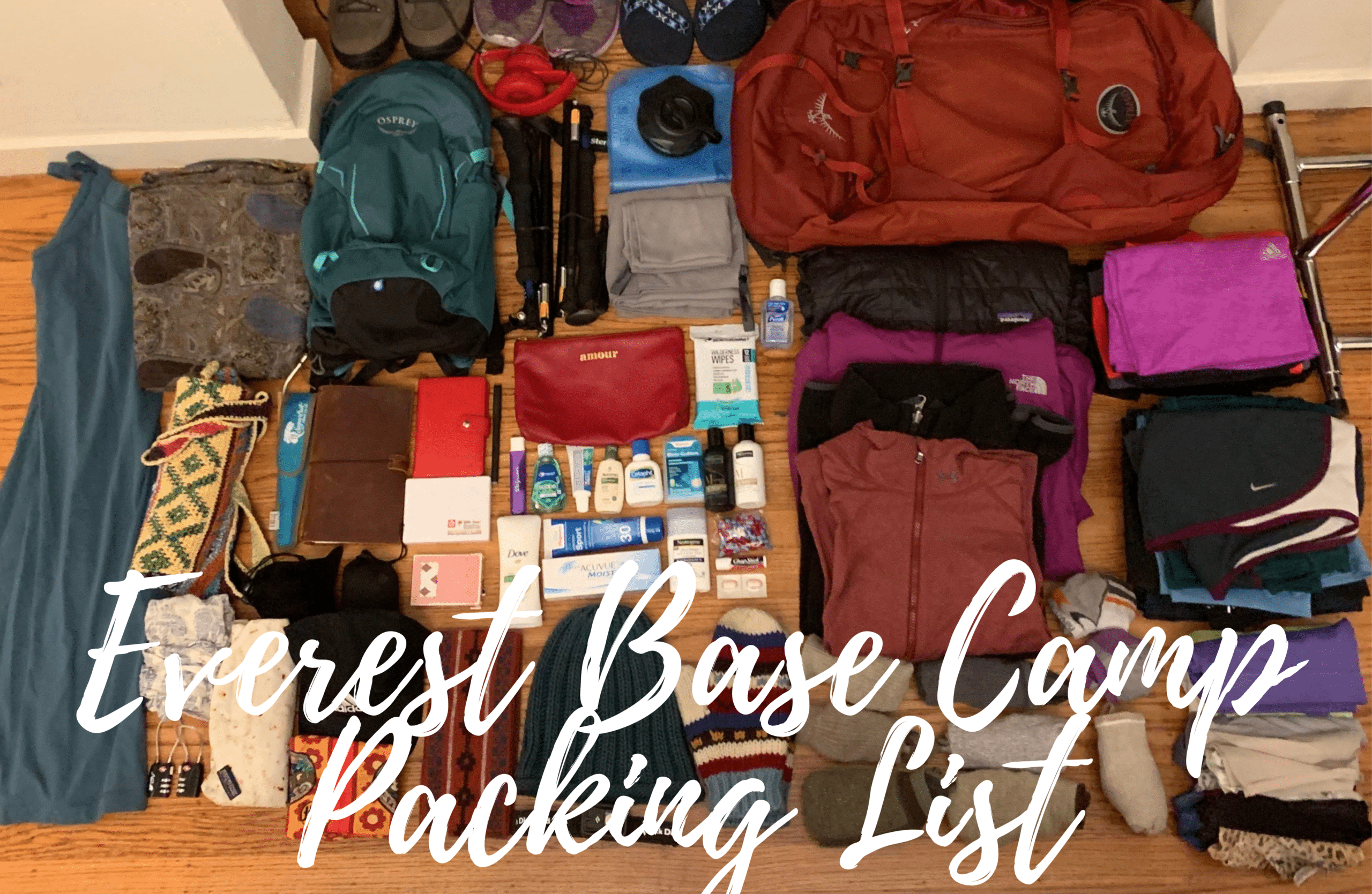


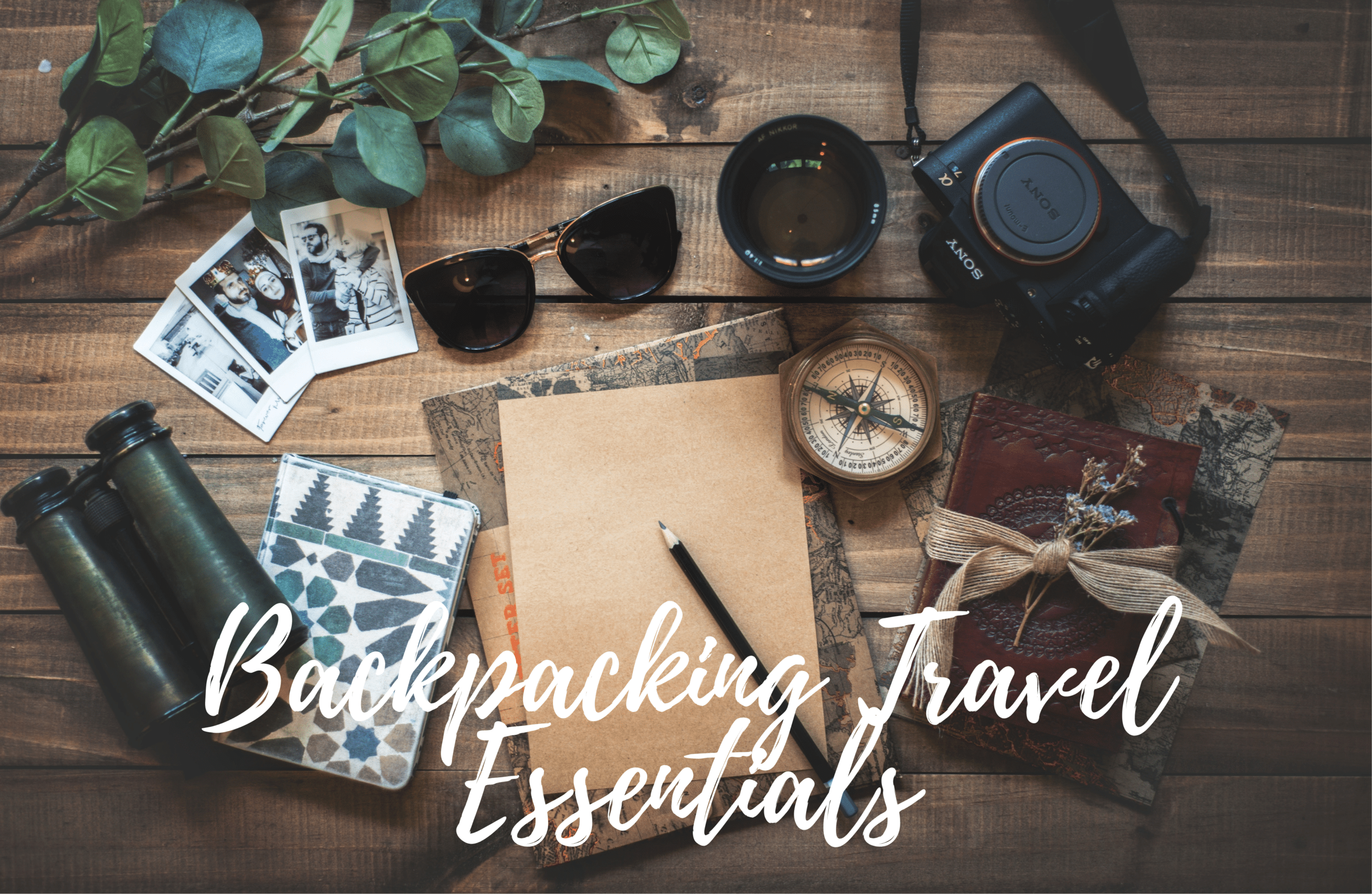

0